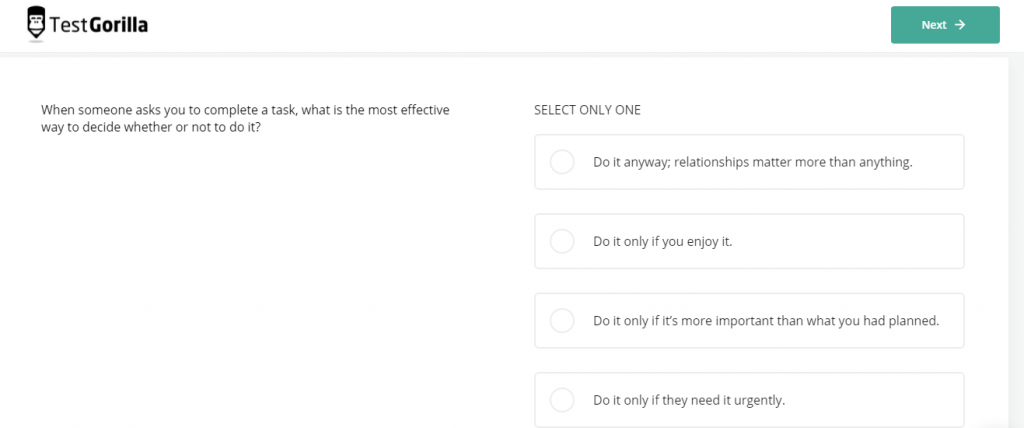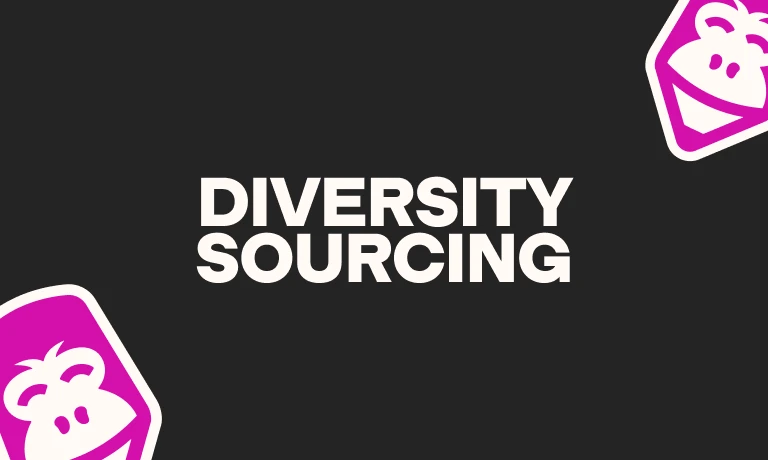Table of contents
Tardiness happens. A good employer understands that sometimes life gets in the way and it’s not always feasible to get to work on time. But understanding the difference between life events and casual lateness with little regard for others is an important distinction, and one all employers should take seriously.
If given too much slack, employees may start to take advantage by not showing up to meetings on time or delivering projects consistently late. Although it may feel like you’re being understanding and kind, this usually hurts your top-performing employees. Folks who take their job seriously do not want to work alongside people who have little to no regard for time or punctuality. This ultimately means you run the risk of losing your top talent.
Allowing employees to be consistently late can have much graver consequences for you in the long term. They can influence the behavior of other team members, and they can also take advantage of the lack of discipline and start to loosen their adherence to other company policies.
If you’re struggling with an employee who is always late, here are some ways you can minimize tardiness in the workplace.
Start early and have candidates take a time management assessment
Understanding an employee’s time management skills can help you better determine who will be a good fit for the role and the company. People who manage their time well often deliver exceptional results, too. Sometimes, asking the employee to self-identify their thoughts on their time management skills can be a bit biased. Someone in an interview will rarely announce they’re bad at managing their time.
This is why we recommend a time management assessment tool for the pre-employment process. The TestGorilla time management assessment evaluates a candidate’s skills to prioritize tasks according to deadlines, importance, and impact, to plan their work in the most efficient way, and to execute tasks effectively.
An example of a question from the TestGorilla time management test
When you offer a time management assessment to candidates instead of the usual employee integrity testing methods, you’ll also gain insight into their ability to reflect on their work, monitor outcomes, and communicate important information with others.
Be clear about the rules
Organizational cultures vary from company to company. Assuming that new employees know the rules is not a recommended management style. They could be coming from a very different company culture that allowed tardiness or didn’t reprimand it. It’s important to let all candidates and new hires know what you expect from them.
Setting expectations upfront could look like this:
a. Have an employee orientation that clearly states employee tardiness expectations. Many employers and HR departments conduct new hire orientation. This can help new employees both familiarize themselves with the company culture and allows them to understand expectations on company policies, like tardiness.
b. Have an employee handbook and one-to-one discussion. Handing a new hire a large handbook and expecting them to read and absorb all of it on their own can be intimidating. But if you’ve got a handbook that clearly states company-wide expectations, let them review it themselves and have a follow-up meeting to discuss any concerns or questions they have. This allows you to state your expectations around communication and lateness.
c. Document the rules. Along with setting expectations for the employee, you can also set expectations for the reporting process when a team member is frequently late and disrespecting others’ time. There should be a clear process for this in your company policy, and going over this with new hires can help empower them to feel confident in letting you know when someone else is negatively impacting the performance of other employees.
The best insights on HR and recruitment, delivered to your inbox.
Biweekly updates. No spam. Unsubscribe any time.
Consistently reprimand tardiness across the board
It’s not good to give one employee slack while others are reprimanded. This can be challenging because employees all have different reasons for their lateness. Some are parents, some have car problems, some find it hard to get going in the morning. Whatever the reason for the tardiness, don’t compare them. Stick to the company policy when it comes to lateness and you’ll be fair across the board.
If you’re stuck on how to reprimand your employees for being late, here are some techniques and tactics you can use:
a. Don’t wait. Don’t wait until it’s already frustrating for you and other team members. This can cause more unintended damage and promote a toxic work culture. Instead, have a conversation when it starts to happen. Try to fix the issue before it becomes severe. This can help both the employee and your work culture.
b. Understand the root problem. Along with taking swift action, you should also understand the root issue. If the reason is that the employee lives far away, has kids to drop off at school, and can’t logistically make it to work on time, then work with them to solve that problem. Can they come in earlier or later? Can they have different hours, or maybe have them on zoom calls before a certain hour? Talking to them and understanding the root cause can help lateness from becoming a larger issue.
c. Develop a plan of action. Once you understand the root issue and have a one-on-one conversation with the person, then create an action plan rooted in empathy. Yes, you have policies and procedures, but they have a life. Meet them where they’re at and you’ll likely have an employee that respects you and wants to continue to work for your company.
Don’t embarrass them
Do not embarrass your employees. Do not call them out for being late in front of their team members. Shaming does not work as a positive method for behavior changing. We highly recommend you do not do this, no matter how frustrated you are with the person.
It’s important to have a conversation with them, but don’t do it without a thoughtful plan and one-on-one meeting. This both promotes the idea that you are serious about their tardiness and allows the issue to remain private.
When meeting one-on-one with someone who struggles with tardiness, consider creating an action plan for behavior improvement. If the behavior does not improve, then you’ll have to take formal action on the behavior. This can all be done privately and thoughtfully. While it may be hard to keep someone happy who is consistently breaking the rules, it’s even more important for them to not spread toxicity throughout the company with their dissatisfaction at how you’ve treated them. This is why keeping the issue private on your end is crucial.
Create a reward system
A reward system can be a great way to improve an employee’s behavior. Some companies have gone above and beyond and reward employees for being on time with their projects. There are several different ways you can reward employees for their commitment to their job and the company.
If your department or organization is based on deadlines, reward employees who are exceptional in the delivery of their project deadlines. This will give employees an incentive to be consistent with their projects and give them an extra drive to finish them on deadline.
Rewards can be different things. Some companies like to reward employees with extra time off. Others reward them with bonuses or gift cards. Some take the more traditional approach and have an employee of the month reward. Whichever type of reward you choose, try one or more of these reward systems for employees who perform well.
Why is it important?
Minimizing lateness at work is important for your company culture. It may sound like a small thing, but consistent tardiness can have unintended consequences that will be much harder to fix. Focusing on employee improvement and promoting a work environment that is both understanding and disciplined will help you maintain a company culture that respects time and commitment.
You've scrolled this far
Why not try TestGorilla for free, and see what happens when you put skills first.



















